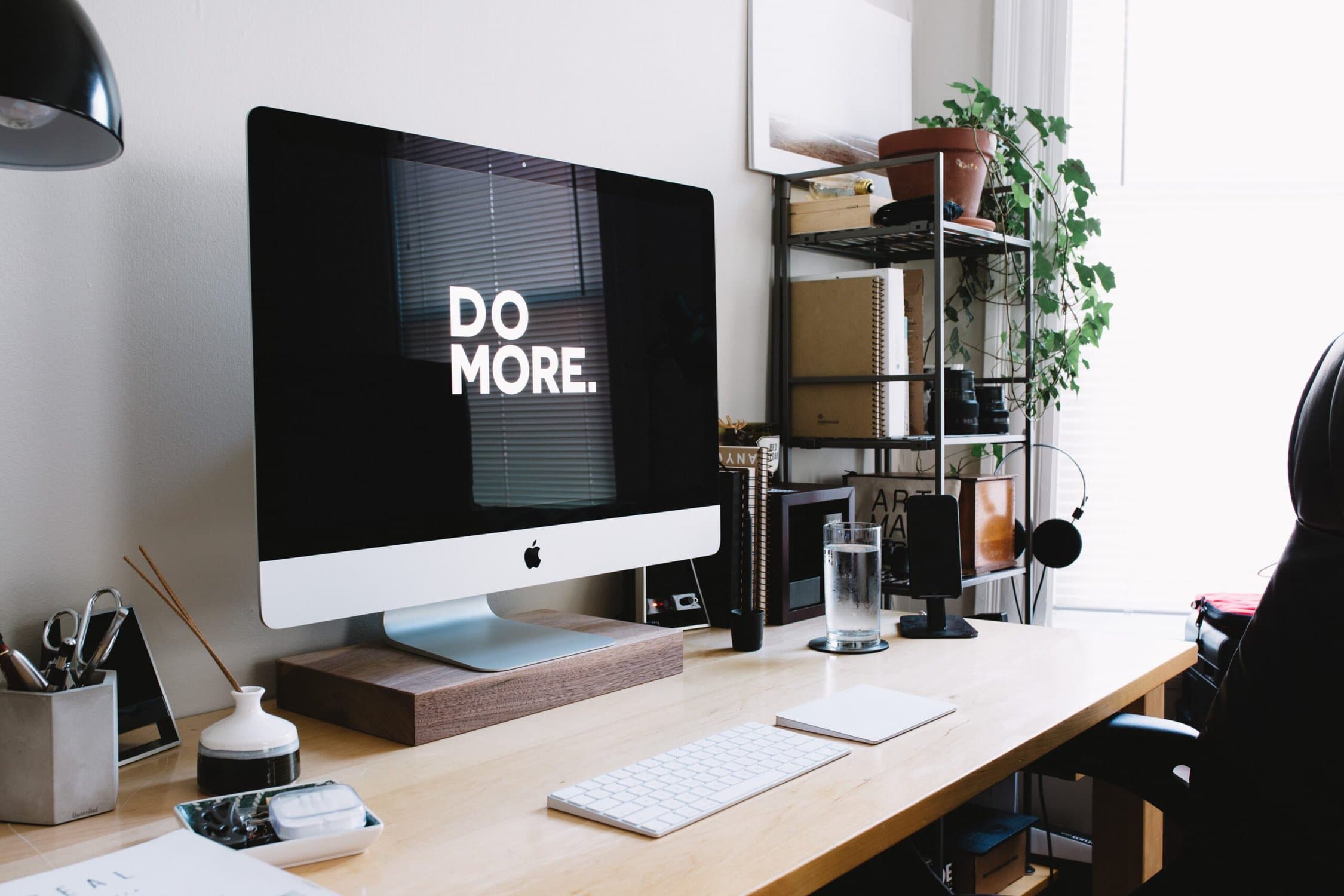If you are anything like me, you probably have heard this phrase thrown around a lot: “make your website accessible.” What does that even mean?
Website accessibility can be a big issue for people in any industry. It can be hard for some to navigate the website, read the content, and understand what is going on. By following these easy steps, you can ensure your website is accessible and that everyone can use it to the fullest.
What is website accessibility?
Website accessibility is the process of making a website or web application usable for everyone who visits the page. Traditionally, back when the internet was still in its early stages, website accessibility meant that developers needed to ensure that their websites were useable by people who are visually impaired, deaf or hard of hearing. Perhaps the user has motor disabilities and is unable to use a mouse and can only navigate via a keyboard, or maybe they are colour-blind and need high-contrast colours to navigate the page.
Website accessibility means much more today. UI/UX Designers have emerged to help guide us through the internet, and they are ensuring text has a good contrast on the website to not strain your eyes, sufficient white space around the content, and colours that draw your eye. Websites are now designed to be calm yet engaging to entice the user to stay on them as long as possible, long gone are the days of over-complicated animations, auto-playing background music, and small writing that make the user struggle to read and stay on the site.
What are some common accessibility issues
There are many accessibility issues that can be found on websites. Below are three of the most common issues I have come across over the years…
1. Poor colour contrast:
Poor colour contrast makes it difficult for people with low vision to read text on your website, it also causes important content on your website to be lost when placed over graphics. Consider hiring a graphic designer who can help edit any artwork to ensure your colours don’t clash.
2. Small text size:
Small text size can make it difficult for people with low vision to read text on your website. I recommend 16pt text as your standard paragraph sizing and then make your headers considerably larger to ensure a visual hierarchy for your content.
3. Fonts:
Make sure that the font choice on your website is easy to read. Short headlines can be a script or funky font, but be sure to keep your paragraphs to a more ‘normal’ sans serif fonts like Ariel or Helvetica so everyone can easily read the content.
4. Language:
I am not talking about having the English language here (although that should be the case for most within England). Website content should be easy to follow, and if you are not writing in plain English and including a bunch of fancy long words, then many may not know what your article is about. It is best to research who your target audience is so you don’t use language they don’t understand.
5. Navigation:
Navigation is the core of your website. It helps guide the user to more information, funnel them through products or allows them to contact you. Many times I see mobile menus, buttons and icons being too small to click on, or in a colour that makes them hard to read. Make sure you give them space to breathe and don’t over-complicate the design for the sake of it.
6. Website layout:
Make sure that the layout of your website is easy to navigate and can be used on a desktop or mobile device using a responsive layout.
7. Images:
Make sure that the images on your website are large enough to be seen and at a good resolution. For any important images like a gallery, provide an option to enlarge the image with a click/tap. Here you will also want to provide image alt tags that not only tell Google what your image relates to for SEO, but also can be used to describe images to those with poor vision using an accessibility plugin on your computer.
8. Website availability:
Having the best-looking website means nothing if it takes forever to load. Ensure you are using a reliable host with the latest server technology to ensure the website loads fast for the user. I personally integrate a CDN (Content Delivery Network) into all the websites I design and build which speeds up the delivery of the website around the world.
Trends and technology
Software has made the internet much more accessible in recent years and content creators are getting into creating more accessible videos, blogs and images for the web. You can use text-to-speech plugins like Speechify to create audio from text for those that struggle to read. YouTube now offers automated video captions for every video they host, but creators can also upload their own more accurate text. There are also many videos on TikTok that cater to sign language.
Dark mode is one of the latest trends in website accessibility. It offers the choice of a light or dark theme for the page which can be helpful when viewing the device in a dark room at night but is also good to avoid eye strain when reading long content as bright lights can cause fatigue. It has become so popular now that you can even choose this inside your phone or computer menus for the operating system.
The best way to make your website consistently accessible is to make sure that your website follows the guidelines of the World Wide Web Consortium (W3C). These guidelines are designed to create a more accessible web. They have also created a cheat sheet for basic accessibility.
InConclusion.
A website is only as good as the information that it provides. To make your website accessible, you need to make sure that you are providing the best content for your audience and that your website is fully accessible to all to make use of that content. If you are looking to make your current website more accessible or looking for a fresh design, speak with Jennings Media today.
Introduction to Web Accessibility | Web Accessibility Initiative (WAI …




